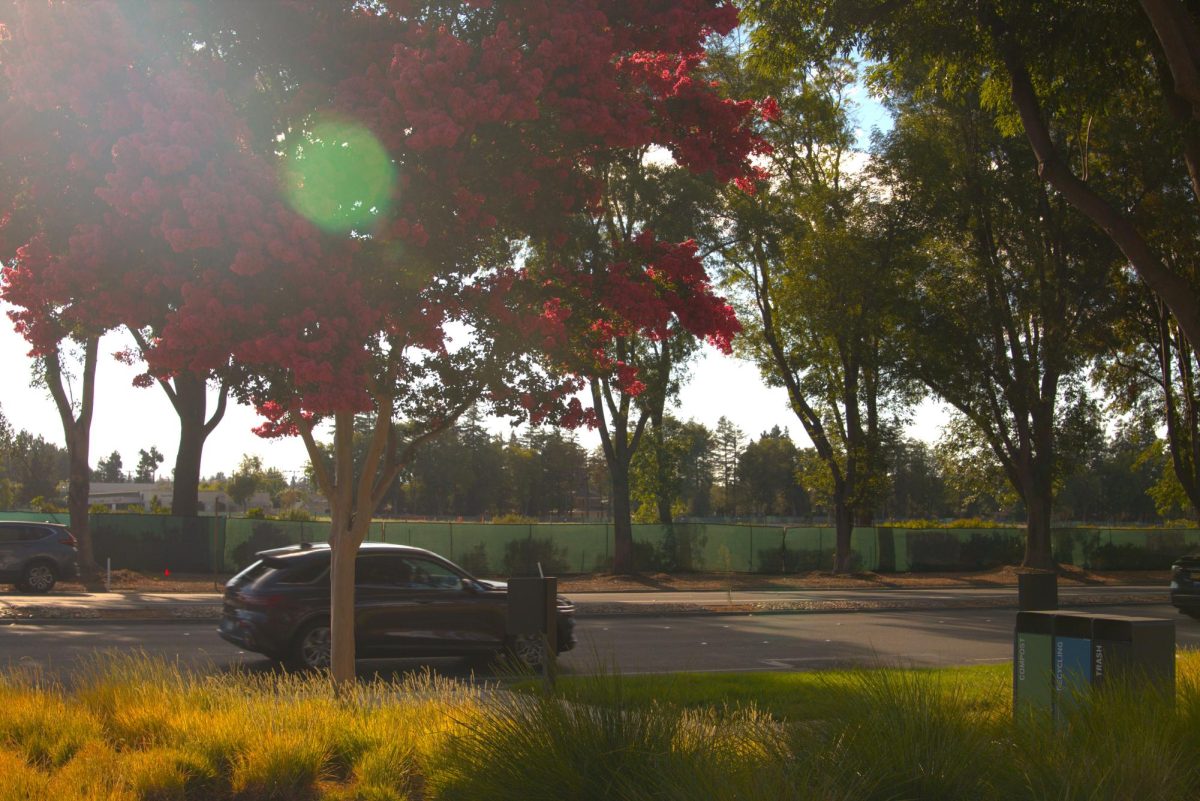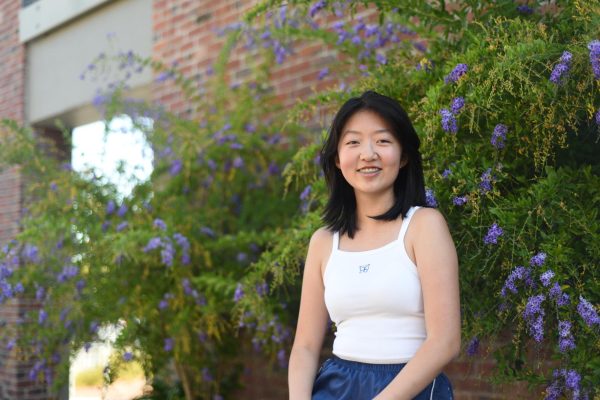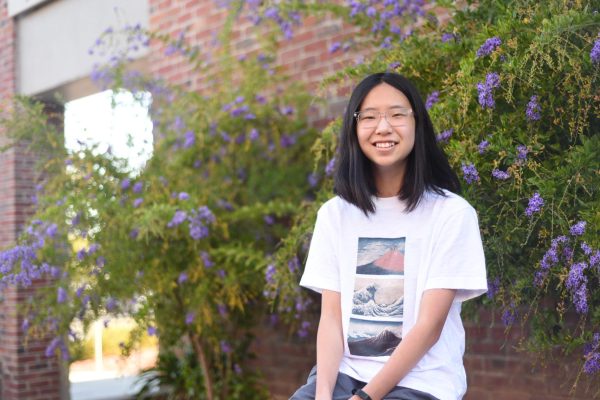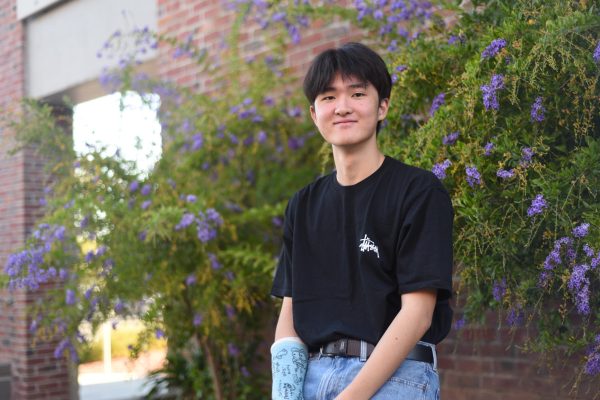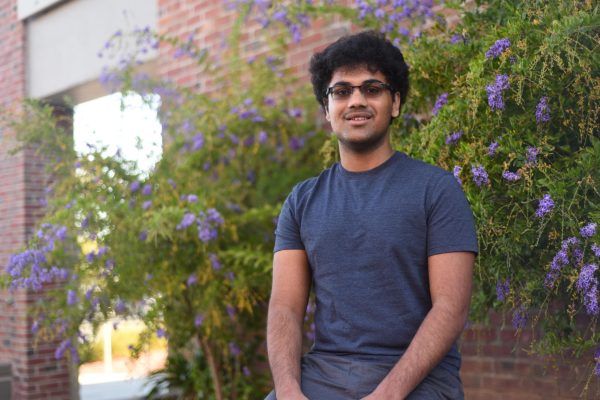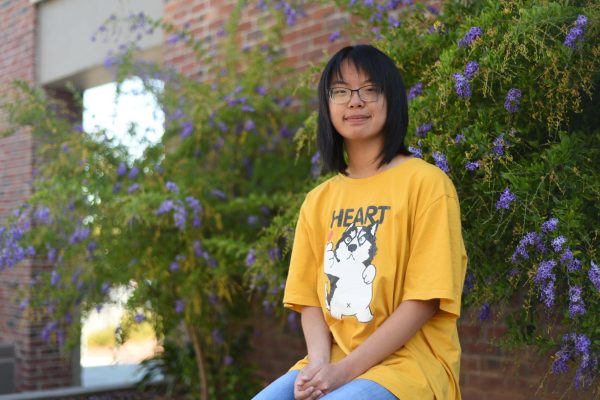The construction of The Rise, a mixed-use housing development that is being built on the site of the former Vallco Shopping Mall, began this summer after receiving approval from the Cupertino City Council on July 11. The Rise will include almost 2,700 units of housing, a third of which will be affordable to lower-income families. According to the approved building plans, the project will also include 1,954,613 square feet of office space and 226,386 square feet of retail space.
The Rise includes 15 building blocks varying from three to 18 levels tall. The City Council has limited authority in the building design, besides streamlining the permitting process, since it is an SB-35 project. SB-35 streamlines the construction of developments with a certain amount of affordable housing in cities that have not met their Regional Housing Needs Allocation (RHNA) obligations. According to Mayor Sheila Mohan, affordable housing is calculated as a percentage of the median income of a city. Temporary Cupertino resident and Nebraska native Madison Foral, who is staying in Cupertino for three months as a travel nurse, was excited once she learned that The Rise would provide affordable housing.
“The thing that is preventing me from moving here permanently is just how much it costs,” Foral said. “I want to go back home so I can save up money so that I can live here. That would be really ideal, having affordable housing and a pretty city.”
As Cupertino’s largest residential project, The Rise would satisfy 90% of the Affordable housing requirement set by Cupertino City Council and over half of Cupertino’s Regional Housing Needs Allocation (RHNA) obligations. RHNA is a state-mandated process for planning and building housing. According to Mohan, Cupertino’s RHNA requirement is to build 4,588 units by 2031.
With the addition of 2,700 units from The Rise, FUHSD Superintendent Graham Clark anticipates an increase by 3 to 5% in student enrollment. An FUHSD Board of Trustees meeting in February of 2024 showed that FUHSD has had a decline of over 1,000 students in its total student population for the past five years. The causes of declining enrollment were attributed to high costs of living and housing, declining birth rates and COVID-19. However, Clark notes that the projected enrollment from The Rise depends on the types of units being built.
“If you’re a younger family and you have a baby, maybe you live in a one-bedroom unit,” Clark said. “But by the time people are teenagers, they really look for two and three-bedroom units.”
With the arrival of not only new residents but also office workers, many residents are concerned about traffic. City Councilmember Liang-Fang Chao, a member of the committee that reviewed The Rise’s plans, estimates that the current plans for office space would be able to accommodate an extra 10,000 workers (assuming each office uses 200 square feet of space). Chao is worried that The Rise won’t have enough housing for the future office workers, and could even create more demand for housing.
“Why do we have a housing crisis, especially in our area?” Chao said. “It’s because a lot of cities have been overbuilding office space. We most likely won’t be able to build enough housing for them in Cupertino. The workers are going to come from elsewhere, and that’s going to create congestion.”
While Mohan also anticipates city traffic rising once The Rise is built, she says that according to the developer, residents at The Rise will have access to their own underground parking. According to Mohan, the City Council has already started to address traffic concerns with the implementation of SV Hopper, a ride share service.
Chao believes a higher concentration of commercial shopping areas would make public transit more appealing for residents. Many residents are looking forward to The Rise’s retail space. Mohan believes The Rise will create more opportunities for community engagement and entertainment.
“I’m just hoping The Rise will be like the downtown which Cupertino doesn’t have,” Mohan said. “There’s this proximity between Main Street and Vallco. There are boba bars, restaurants and hopefully a movie theater and retail shopping. That will really be our downtown when it’s completed.”







